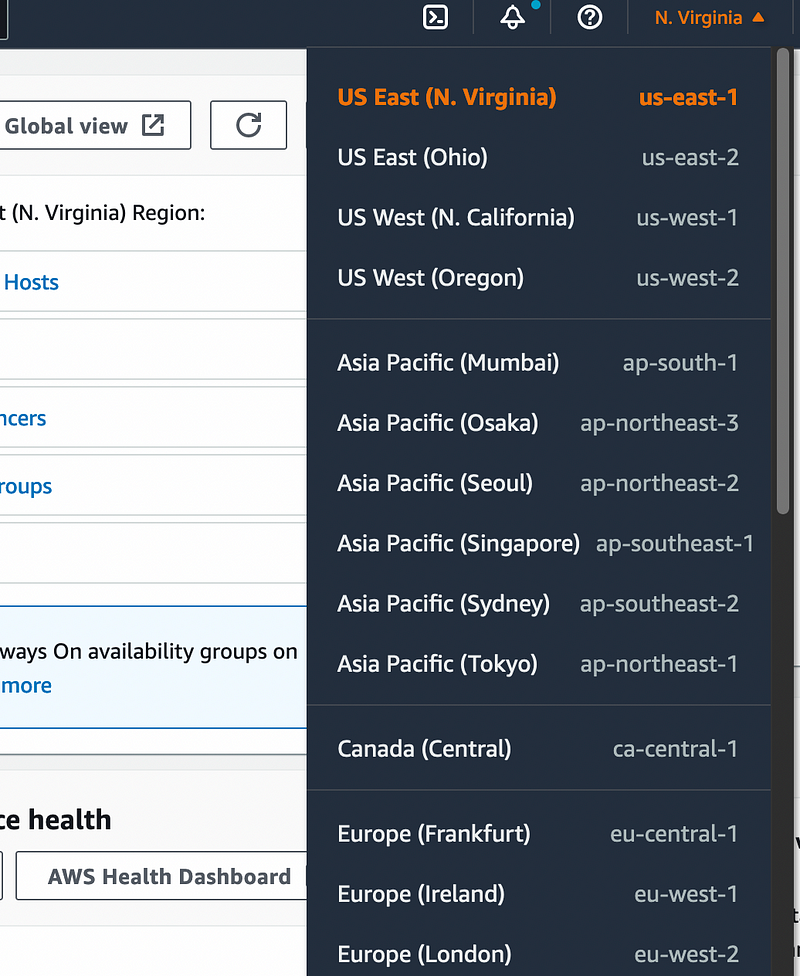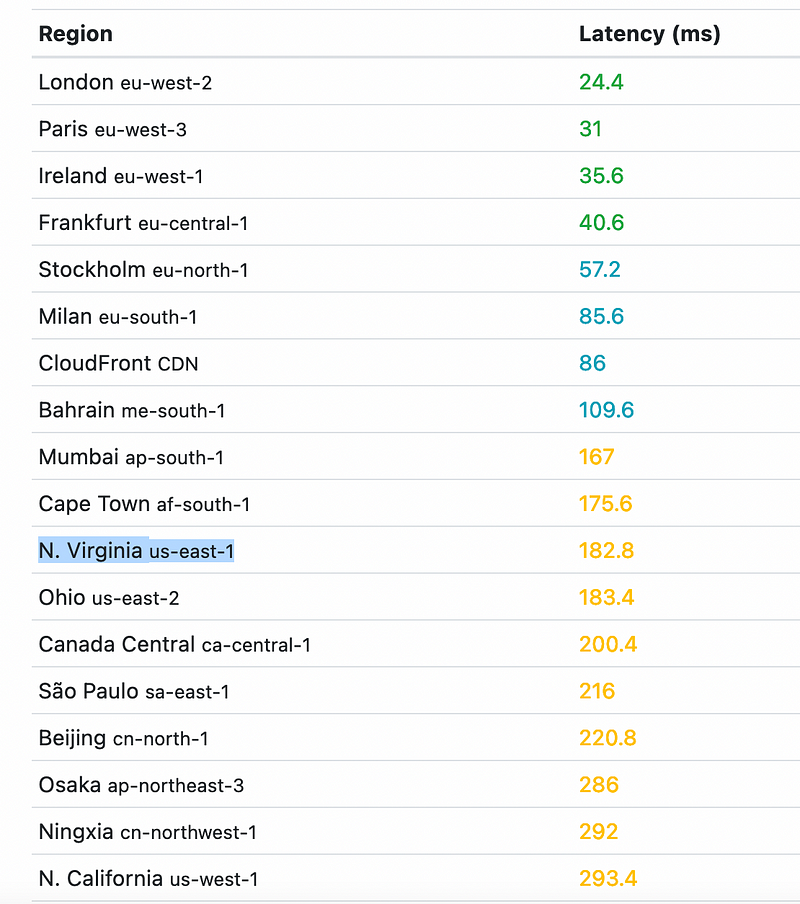One of the Oldest Cloud Regions Gets A Boost …

One of the Oldest Cloud Regions Gets A Boost …
With machine learning getting the headlines, there’s a piece of technology that advances by the day: The Public Cloud. Whether it’s AWS, Azure, or Google, the public cloud advances. While Amazon is struggling a little with its e-Commerce business, its AWS Cloud advances by the day. To highlight this, Amazon just announced a $35 billionk investment within its Virginia (us-east-1) region:
(Image credit: Future / Mike Moore) Amazon Web Services ( AWS) has revealed plans to invest $35 billion in the US state…www.techradar.com
Everyone who knows about AWS will know about the US-EAST-1 region, as it is one of the first on the list to use as a region (and often the default to build a cloud infrastructure in). It is also useful in being near a large population base, and based in the US. The North Virginia AWS infrastructure was created in 2006, and is now nearly 17 years old. Between 2011 and 2020, AWS invested $35 billion in the North Virginia data centres. But, it has suffered from several outages over the past few years, such as on 10 Dec 2021, and which took down many Internet services at the time.
With the AWS infrastructure, we build resources within regions, and where these can have links to other regions in the world. A lack of availability in one region can be automatically mitigated with a routing into another region. This can be achieved with the Amazon Route 53 service, and which will detect an outage, and then modify the DNS records so that they point to another region.
In AWS, we have 31 geographic regions [here]:

And, in the AWS management console, we can see that US East splits into two regions (Northern Virginia [us-east-1] and Ohio [us-east-2]):

Within AWS Regions, we then have Availability Zones (AZs), and Local Zones. Each region has multiple and isolated locations known as AZs. A Local Zone can then be used to make sure that computing resources are as near the customer as possible [here]:

Computing resources are not automatically replicated across regions, but they are within an Availability Zone. This means that a failure in a region should not affect the availability of resources in the region. Unfortunately, some of the older AZs appear to be less reliable that the near ones (possibly because of the core infrastructure in the region).
For Northern Virginia (us-east-1) we see six availability zones (us-east-1a, us-east-1b, us-east-1c, us-east-1d, us-east-1e, and us-east-1f). Data, compute and networking will then be automatically synchronized between each of these AZs, so a failure in any one of these should not affect the availability of resources. We can list these with:
$ aws ec2 describe-availability-zones
{
"AvailabilityZones": [
{
"State": "available",
"OptInStatus": "opt-in-not-required",
"Messages": [],
"RegionName": "us-east-1",
"ZoneName": "us-east-1a",
"ZoneId": "use1-az1",
"GroupName": "us-east-1",
"NetworkBorderGroup": "us-east-1",
"ZoneType": "availability-zone"
},
{
"State": "available",
"OptInStatus": "opt-in-not-required",
"Messages": [],
"RegionName": "us-east-1",
"ZoneName": "us-east-1b",
"ZoneId": "use1-az3",
"GroupName": "us-east-1",
"NetworkBorderGroup": "us-east-1",
"ZoneType": "availability-zone"
},
{
"State": "available",
"OptInStatus": "opt-in-not-required",
"Messages": [],
"RegionName": "us-east-1",
"ZoneName": "us-east-1c",
"ZoneId": "use1-az4",
"GroupName": "us-east-1",
"NetworkBorderGroup": "us-east-1",
"ZoneType": "availability-zone"
},
{
"State": "available",
"OptInStatus": "opt-in-not-required",
"Messages": [],
"RegionName": "us-east-1",
"ZoneName": "us-east-1d",
"ZoneId": "use1-az6",
"GroupName": "us-east-1",
"NetworkBorderGroup": "us-east-1",
"ZoneType": "availability-zone"
},
{
"State": "available",
"OptInStatus": "opt-in-not-required",
"Messages": [],
"RegionName": "us-east-1",
"ZoneName": "us-east-1e",
"ZoneId": "use1-az2",
"GroupName": "us-east-1",
"NetworkBorderGroup": "us-east-1",
"ZoneType": "availability-zone"
},
{
"State": "available",
"OptInStatus": "opt-in-not-required",
"Messages": [],
"RegionName": "us-east-1",
"ZoneName": "us-east-1f",
"ZoneId": "use1-az5",
"GroupName": "us-east-1",
"NetworkBorderGroup": "us-east-1",
"ZoneType": "availability-zone"
}
]For me (in the UK), the AWS European regions have the lowest latency [here], but the Virginia region has the lowest latency for US regions (as this would be expected as it is the closest to Europe):

Conclusions
The public Cloud is now too important and any outages could cause serious consequences. While the North Virginia region works well, the new investment shows that it needs a little boost in its core infrastructure. With six AZs, the region shouldn’t really have any outages, but there is perhaps some older equipment or software that is causing the outages.
If you are interested, we run an AWS Academy, so come and get involved in picking-up Cloud skills.